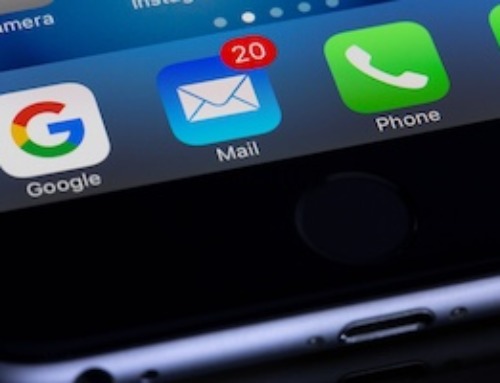 Bad news: Not everyone cares what’s in your email message. And over time, the trend is towards ever less interest in your content and offers. The once enthusiastic subscriber–new to the relationship with your brand and eagerly opening each email you send–is eventually replaced by a disinterested bystander who’s more likely to click delete than open.
Bad news: Not everyone cares what’s in your email message. And over time, the trend is towards ever less interest in your content and offers. The once enthusiastic subscriber–new to the relationship with your brand and eagerly opening each email you send–is eventually replaced by a disinterested bystander who’s more likely to click delete than open.
How does this happen? It’s human nature and inevitable: Subscribers simply lose interest over time, for lots of reasons. But it doesn’t have to be that way.
Re-engaging the inactive vs. keeping them engaged
One thing you can do is try to re-engage your inactive subscribers. There are ways to address the inactive subscribers, and doing so can even become part of every aspect of your email program. For example, this post by AlchemyWorx makes a great point: Every email you send is a reactivation message. And really good reactivation (or re-engagement) emails are possible, as a recent CASL opt-in message shows.
However, I prefer to think in terms of prevention. Why not work at keeping subscribers engaged from the very beginning? Although the inactive subscriber is inevitable, and the re-engagement email is something you’ll always need, I believe these 7 email marketing best practices below can help to minimize the occurrence of the former and the need for the latter.
Tip 1: Build a quality, interested in-house email list
How do you grow your list? If you’re adding names from business cards after a trade show, or adding every new customer to your in-house email list based on implied (not explicit) consent, you’re asking for inactives. Even if it means a smaller list, you want people who are actually interested as your subscribers. Make quality the focus of your list growth, not quantity.
Tip 2: Deliver on your promises
If you’re following email marketing best practices, you’re “selling” your signup, giving people reasons to hand over an email address to you in exchange for something of value that they’ll receive via your email. Make the promises to get the signups…and then deliver on those promises.
Tip 3: Use a welcome email or onboarding series
Email should be considered a relationship building medium. A properly structured welcome series helps to build that relationship, keeping subscribers active. Even if you only send one welcome email message when someone first subscribes, you’re laying the groundwork of a relationship. If you can extend that to an onboarding series, with emails that slowly introduce your company and offerings for example, you’ll deepen that relationship and keep that subscriber engaged.
Tip 4: Offer a preference center
Giving up some control to your subscribers with a preference center can keep them engaged. It could be they prefer to hear from you monthly and your weekly communications are causing them to tune out. Or perhaps they’re only interested in one kind of content. Letting them control what you email to them and when can lead to lasting engagement.
Tip 5: Segment your audiences
Email segmentation can do a lot to keep subscribers engaged by delivering relevant content to smaller groups rather than generic content to larger ones. This goes hand-in-hand with the preference center too.
Tip 6: Focus on awesome content
Can we say too much about the importance of content in email marketing? I doubt it. Because in the end, it’s all about the content. Once you’ve got the email address, overcome the email deliverability hurdles, and earned that open, it’s the content that’s going to get an action…or not. Focus on really, really, REALLY good content. Always.
Tip 7: Be guided by your email analytics
Can you know what to fix if you don’t know what’s broken? Nope. So get yourself a really good email analytics tool and start figuring out what’s working vs. what’s not. Find your upward and downward trends, and do more of what engages.
There will always be subscribers who lose interest and drift away, and in a way, that’s a good thing, because they probably weren’t cut out to be your best customers anyway. But if you can implement these 7 email marketing best practices listed above, you can perhaps keep higher numbers of your subscribers engaged and opening your emails, making the reactivation email something still necessary but not critical.
Like this content? Share this content! Spread the email expertise with the social sharing buttons below!



